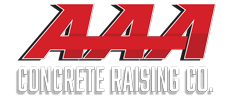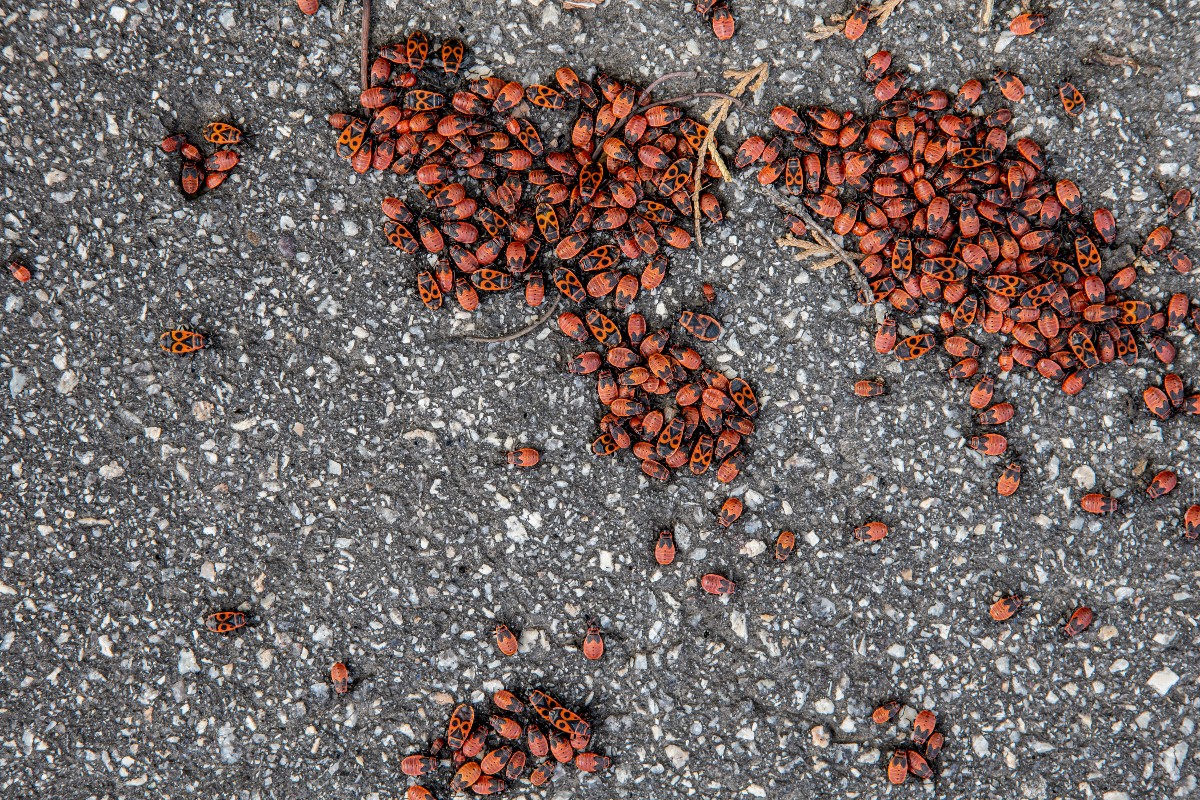Concrete damage is a prevalent issue faced by many homeowners and businesses in Denver, CO. The region’s unique climate, characterized by significant temperature fluctuations and varying moisture levels, contributes to the wear and tear on concrete surfaces. Identifying the common causes of concrete damage and knowing how to fix them can help maintain the longevity and aesthetics of your property. This article explores the typical reasons behind concrete deterioration and provides effective solutions for repair.
Freeze-Thaw Cycles
Denver’s climate is known for its freeze-thaw cycles, which can cause significant damage to concrete structures. During the winter, water seeps into the concrete, freezes, and expands. As temperatures rise, the ice melts, and the concrete contracts. This repeated expansion and contraction lead to cracks and surface scaling.
Identification: Look for small, spider web-like cracks on the surface of the concrete. In severe cases, you might notice chunks of concrete breaking away, known as spalling.
Solution: Seal the concrete with a high-quality sealant to prevent water from penetrating the surface. For existing cracks, use a concrete repair caulk or epoxy filler. Ensure proper drainage around the concrete areas to minimize water accumulation.
According to the American Concrete Institute, sealing concrete before winter and addressing drainage issues can significantly reduce the risk of freeze-thaw damage.
Shrinkage Cracks
Shrinkage cracks occur as concrete dries and cures. The loss of moisture causes the concrete to contract, leading to cracks. This is a natural process, but poor curing practices can exacerbate the problem.
Identification: Shrinkage cracks are usually thin and run in a random pattern. They appear shortly after the concrete is poured and begins to set.
Solution: To prevent shrinkage cracks, ensure proper curing of the concrete. This involves keeping the concrete surface moist and covered for an extended period, typically seven days. Use curing compounds or water-retaining covers. For existing shrinkage cracks, apply a concrete filler or overlay to restore the surface.
Proper curing is essential for the long-term durability of concrete and helps in minimizing shrinkage-related issues.
Settlement Cracks
Settlement cracks occur when the ground beneath the concrete shifts or compacts unevenly. This can be due to poorly prepared subgrade, changes in soil moisture levels, or the natural settling of the soil over time.
Identification: Settlement cracks are usually wider and may follow a straight or slightly curved path. You might notice uneven surfaces where one side of the crack is higher than the other.
Solution: Addressing settlement cracks often requires professional intervention. Concrete raising (or mudjacking) is a common solution, where a slurry mixture is pumped under the sunken concrete to lift it back into place. Alternatively, polyurethane foam injection can be used for a quicker, less invasive fix.
Engaging a professional service like AAA Concrete Raising ensures proper diagnosis and effective repair of settlement cracks.
Corrosion of Reinforcement
Concrete structures reinforced with steel can suffer from internal damage when the steel starts to corrode. This is typically due to exposure to moisture and chlorides, often from deicing salts used during Denver’s snowy winters.
Identification: Signs of corrosion include rust stains on the concrete surface, spalling, and cracks that expose the steel reinforcement.
Solution: Preventative measures include using corrosion-resistant steel and applying sealers to protect against moisture penetration. For existing corrosion, remove the damaged concrete, clean the steel reinforcement, and apply a protective coating before patching the concrete.
Regular maintenance and inspections can help detect early signs of corrosion and mitigate extensive damage.
Alkali-Silica Reaction (ASR)
Alkali-Silica Reaction (ASR) is a chemical reaction between the alkaline cement paste and reactive silica found in some aggregates. This reaction produces a gel that absorbs water and expands, causing internal pressure and cracking.
Identification: ASR damage is characterized by map-like cracking patterns and, in severe cases, the presence of a white gel-like substance on the concrete surface.
Solution: Prevent ASR by using low-alkali cement and non-reactive aggregates. For existing ASR damage, the affected concrete can be treated with lithium-based products that mitigate the reaction and sealers to reduce moisture ingress.
According to the Portland Cement Association, proper material selection and preventative treatments are key to managing ASR risks.
Repair Tips for Common Concrete Damages
Effective concrete repair requires understanding the type of damage and using the right materials and techniques. Here are some general tips for repairing common concrete damages:
Clean the Area: Before any repair, thoroughly clean the damaged area to remove dirt, debris, and loose concrete. This ensures better adhesion of the repair material.
Use Quality Materials: Invest in high-quality repair products such as epoxy fillers, sealants, and patching compounds. These materials provide a durable fix and extend the life of your concrete.
Follow Manufacturer Instructions: Adhere to the instructions provided by the product manufacturer. Proper mixing, application, and curing are crucial for successful repairs.
Hire Professionals for Major Repairs: While minor cracks and surface damage can often be fixed with DIY methods, major repairs like settlement issues and extensive corrosion require professional expertise.
Hiring a reputable service like AAA Concrete Raising ensures that the repair is done correctly, preventing further damage and prolonging the lifespan of your concrete structures.
Understanding and addressing common causes of concrete damage can significantly enhance the durability and appearance of your concrete surfaces. By taking proactive measures and employing appropriate repair techniques, you can maintain the integrity of your property’s concrete, despite the challenging Denver climate. Whether you need minor crack repairs or major slab lifting, focusing on quality and professional service will yield the best results.






